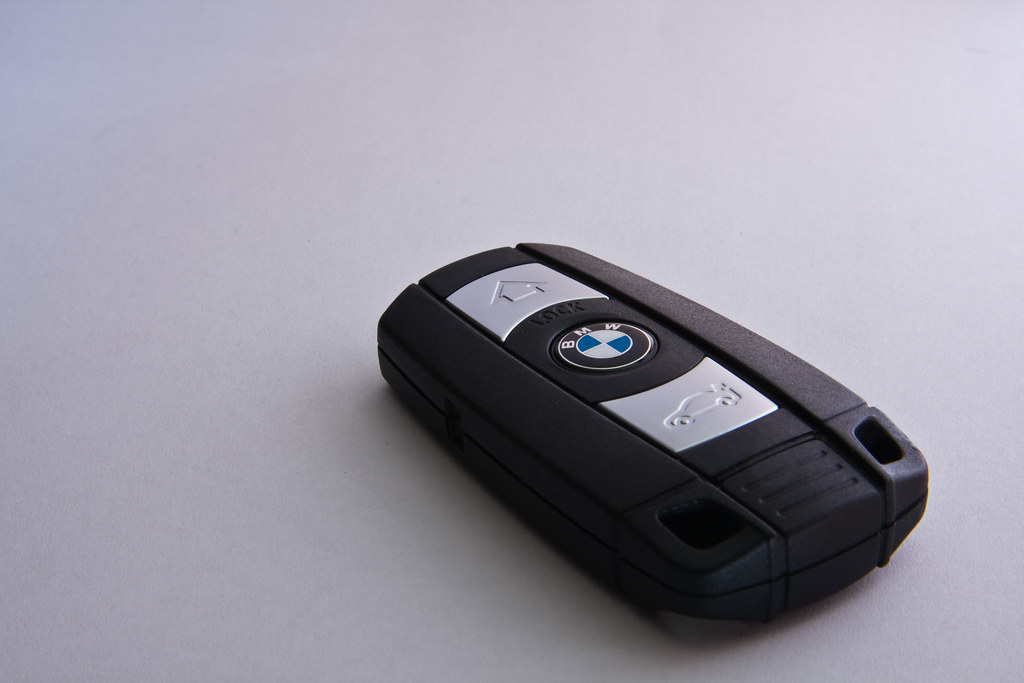Car Gadget | What Is a Plip Remote Control
Summary
– What is a plip remote control?
– How does a plip remote control work?
– Evolution of plip remote control coding against intrusion
– Special features of hands-free systems
– Reprogramming and resynchronization of the plip remote control
The plip remote control, or remote control, has become a familiar object for all car drivers. Nevertheless, its operation is still a mystery. Let’s take a closer look at the function and use of this magic key.
What is a plip remote control?
The plip remote control is a French invention applied to the automobile, dating back to the early 80s. Paul Lipschutz and his French company Neiman (later acquired by Valeo), a supplier of electrical equipment for the automotive industry, developed and marketed this remote unlocking system.
Initially equipped with infrared control, it has evolved towards a radio frequency control, continuously integrating new solutions intended to counter break-in attempts.
Its initial function was to unlock the doors and trunk remotely by simply pressing a contact integrated into the vehicle key. Associated with a sound signal (beep) or light signal (activation of the direction indicators), it would avoid the mechanical insertion of the key in the lock (often problematic at night or in freezing conditions). It also allowed locating one’s vehicle in the middle of a crowded parking lot.
Over time, other functions have been added, leading many manufacturers to replace the ignition key with a card.
How the plip remote control works
Description of the system
The plip remote control is part of a complex system called “electrical door locking”, which includes the locking of the doors, and is generally composed of:
– Door actuators: these are electric coils located in each door leaf and allow the operation of the locks (opening and closing).
– The door lock module: initially an independent control box, it is now often integrated into the central on-board computer (called, depending on the brand, BSI, UCH, etc.).
The “plip” remote control generates a coded signal that the control unit recognizes and allows it to unlock the latter’s operation to open or close the doors. An internal battery provides the energy necessary to create the signal.
The plip remote control is operated using two different signal technologies: infrared and radio.
Infrared control

Infrared control is a transmitter with a light-emitting diode that emits infrared rays in the direction of a receiver. The receiver, consisting of a photodiode, converts this light signal into an electrical signal for the control unit.
Note: Infrared radiation, invisible to the naked eye, is a light wave (between 800 µm and 1000 µm), which is above the visible spectrum (between 380 µm and 780 µm). 1 µm = 1 nanometer.
Infrared control has the following disadvantages:
– You must point the remote control precisely in the direction of the receiver, which sometimes results in unsuccessful attempts.
– There must be no obstacles between the remote control and the receiver.
– The signal is sensitive to light disturbances.
– The relatively short signal range is approximately 5 m.
Control by radio signal
The radio signal control operates on a radio frequency of 433 MHz. The principle is the same as infrared control, but it has the following advantages:
– a greater range of action (up to 30 m);
– a higher efficiency to cross obstacles;
– greater precision since it is not necessary to point the remote control at the vehicle.
Evolution of the coding of plip remote controls against intrusion

Fixed coding
Initially, the remote control had a fixed coded signal, which did not need to be synchronized with the vehicle’s receiver. This was later replaced by a fixed signal synchronized with the receiver. This solution was soon abandoned because of its vulnerability to theft.
Rolling code
. Today, the protocols governing the opening and closing of openings are complex. Generally, they include:
– a fixed coding linked to each remote control;
– a rolling code, i.e. renewed at each action, recognized by the receiver thanks to an algorithm installed in the remote control and the receiver.
– an additional coding giving the information of the discharge of the integrated battery.
– additional rolling codes linked to other functions provided by the manufacturer.
These additional rolling codes allow:
– to open the luggage compartment;
– activate the windows and sunroof;
– locate the vehicle by activating the interior lighting, direction indicators, night lights or headlights;
– deactivate an alarm, etc.
Particularities of the “hands-free” systems
Many manufacturers have opted for this technology which replaces the remote control with a card.
This solution offers the possibility to start the engine remotely without a key (an utterly independent function from the opening of the doors).
The most spectacular advantage over the traditional “plip” remote control is the automatic opening of the doors when the vehicle is approached, without the operator’s intervention.
Reprogramming and resynchronization of the plip remote control
Reprogramming is necessary, for example, when the remote control is lost. As a rule, it is necessary to go through the manufacturer and have the same PIN code issued as when you purchased the vehicle new. This operation often requires a manufacturer’s tool.
The resynchronization will be carried out in particular in successive actuation of the remote control out of range of the car’s receiver; a progressive shift is established, requiring the resynchronization. This operation often takes little time and can be carried out by any workshop knowing the manufacturer’s procedure.
For example: after switching on the ignition with the key whose remote control is defective, you have to press one of the buttons on the transmitter for a few seconds.
Read more:
| Know Your Gadgets | Universal Remote Control & Smartphone |






[…] Car Gadget | What Is a Plip Remote Control? […]